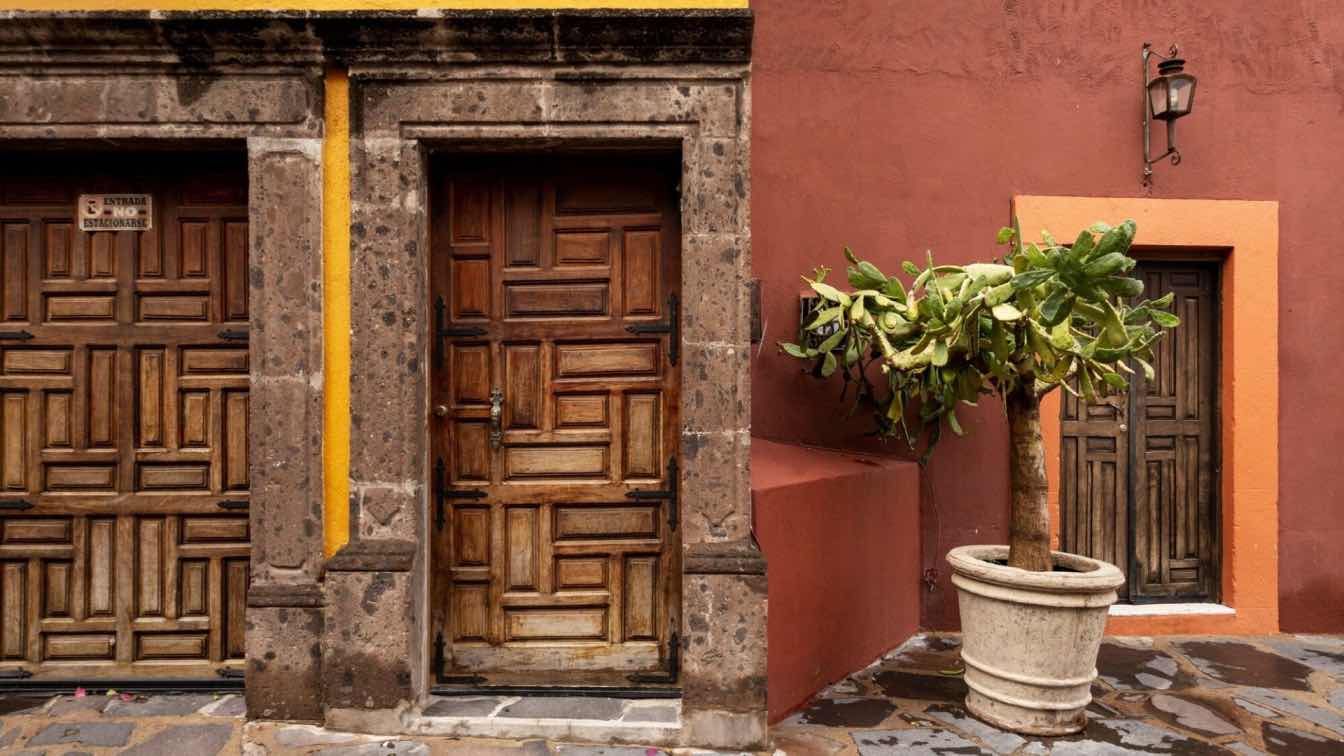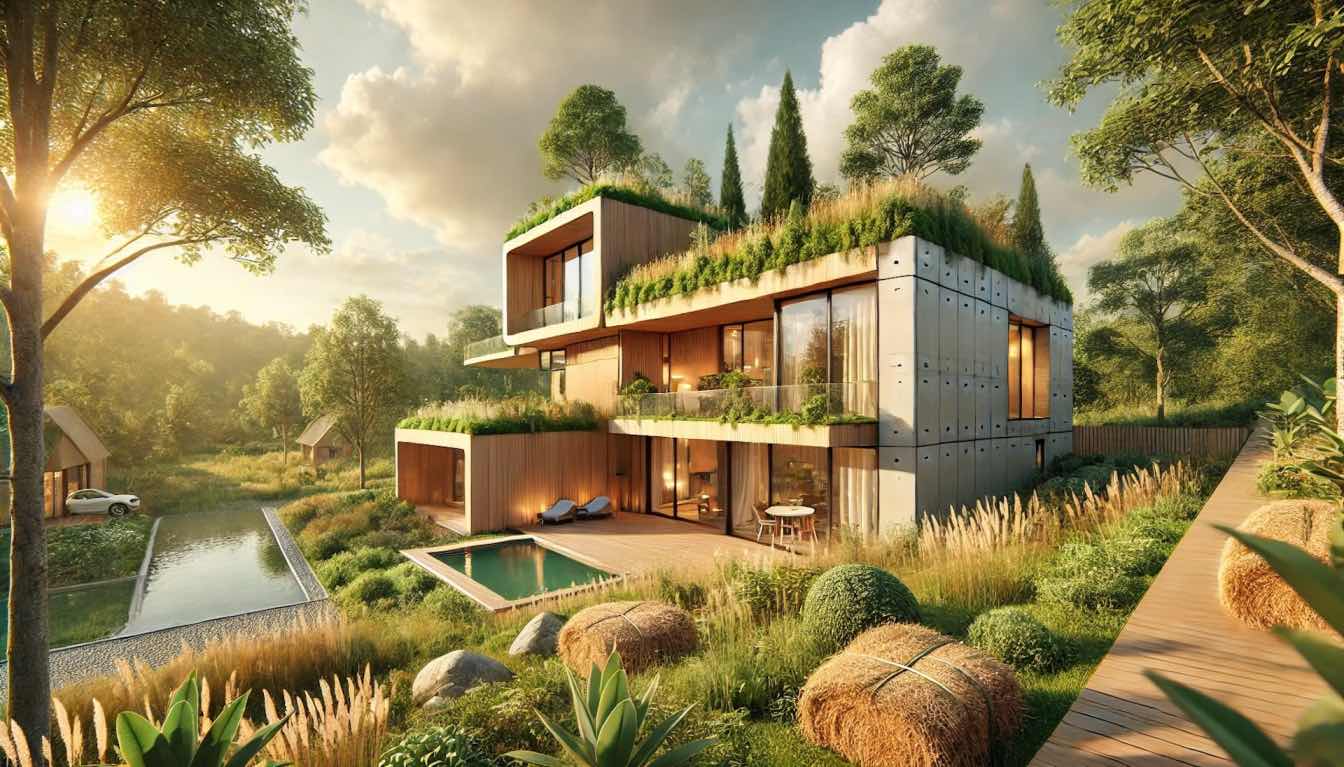Historical residences exude a distinctive charm and enduring architectural character. When considering a comprehensive renovation for such homes, the task becomes delicately balancing modern functionality with preserving their unique features. This article will delve into the intricate process of renovating historical homes while upholding their character. We will showcase how homeowners can seamlessly blend the old and the new to craft a timeless living space. For additional insights and assistance, visit 24 Hour Electrician.
1. Research and Documentation:
a. Historical Research:
Begin by researching the history of the home and the architectural style prevalent during its era. Understanding the original design can guide renovation decisions.
b. Documentation:
Document the home's existing conditions, including original materials, features, and any previous modifications. This Documentation serves as a valuable reference throughout the renovation process.
2. Preservation of Architectural Features:
a. Original Woodwork:
Preserve original woodwork, such as crown molding, baseboards, and window casings. Stripping, refinishing, or replicating damaged sections can maintain authenticity.
b. Stained Glass Windows:
Protect and restore stained glass windows, a hallmark of many historic homes. Professional restoration can revive their original beauty.
c. Fireplaces and Mantels:
Preserve or restore original fireplaces and mantels. These features often serve as focal points and contribute to the historical ambiance of the home.
3. Modernizing Utilities and Systems:
a. Wiring and Plumbing:
Update wiring and plumbing systems to meet modern safety standards without compromising the home's structural integrity. Conceal new systems where possible to maintain the historical aesthetic.
b. HVAC Systems:
Integrate discreet HVAC solutions to provide climate control without altering the external appearance. Ductless systems or hidden vents can be effective in historical home renovations.
4. Replicating Period-Appropriate Materials:
a. Flooring:
Select period-appropriate flooring materials or replicate original patterns. Hardwood floors, vintage tiles, or reclaimed materials can contribute to the historical authenticity.
b. Wallpaper and Paint:
Choose wallpapers and paint colors that reflect the era of the home. Patterns and color palettes from the past can recreate the ambiance while adding a touch of modern durability.
5. Adaptive Reuse of Spaces:
a. Modern Functionality:
Adapt spaces to meet modern functional needs. For example, transform a closed-off kitchen into an open-concept layout while respecting the home's original structure.
b. Multi-Use Rooms:
Design multi-use rooms that can serve various purposes. This flexibility allows for contemporary living while accommodating the quirks of historical floor plans.
6. Collaborate with Preservation Experts:
a. Historical Architects:
Engage with architects specializing in historic preservation. Their expertise ensures renovations align with preservation principles while meeting modern living standards.
b. Preservation Societies:
Seek guidance and support from local preservation societies in your historical home renovation journey. These organizations frequently offer valuable resources, guidelines, and recommendations to maintain historical accuracy. Consider exploring water heater companies in Denver CO, for specific assistance related to water heater considerations.
Conclusion:
Preserving character in a complete renovation of a historic home is an art that requires careful consideration, expertise, and a genuine appreciation for the past. By researching the home's history, prioritizing the preservation of architectural features, modernizing utilities sensibly, replicating period-appropriate materials, adapting spaces for contemporary living, and collaborating with preservation experts, homeowners can embark on a renovation journey that respects the historical essence of their cherished abode. In doing so, they contribute to the legacy of these timeless homes for future generations to appreciate.





